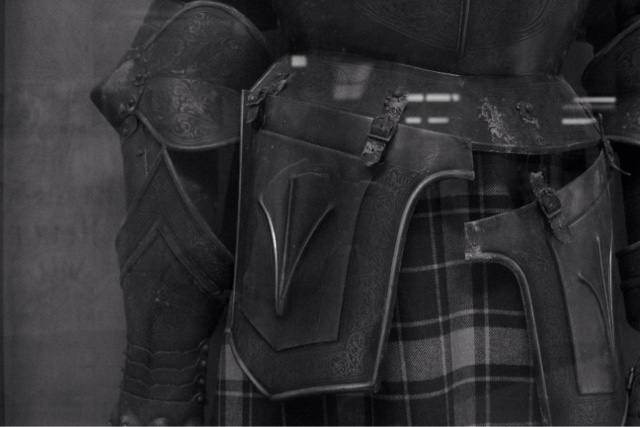M1. The simile the author uses to describe the camera, lens and exposure triangle is that your eyes are the lense and your brain is the camera body. Your vision sees things and your brain records the details. Apature is how wide you open your eyes. Moonglasses are your ISO, you put them on in the dark to see better and your shutter speed is how long you leave your eyes open.
Q1. If you're shooting in low light you would open your eyes really wide like big eyes. You can see well at night if you squint because there isn't a lot of light so you need a bigger opening to capture all the light that is there.
Q2. On a super bright day if you open your eyes wide open and they're open for a long time it's so bright you can't see. Just like if it's super bright and you have a slow shutter speed and large apatite your image will be over exposed, there is to much light and you can't see well.
Q3. To get a crisp shot of someone jumping you need to open your eyes for a quick blink to freeze the shot.
Q4. At the beach it's very sunny and bright so you would need thin moonglasses.
F1. You would change your shutter speed because the light and your vision haven't changed, but now your subject moving so you need a faster shutter speed to get a crisp image.
F2. If you change your shutter speed you then need to change your apature and ISO because they are a triangle and all related. If you change one it off sets the balance.











